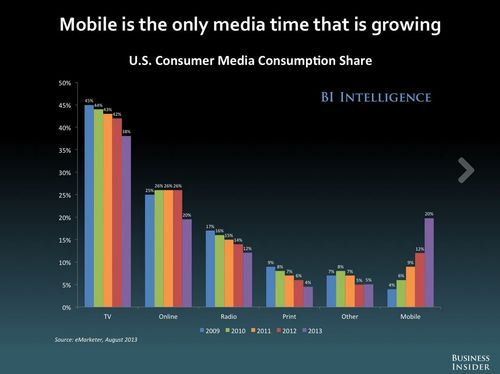Employee Equity
Longtime readers will know this is a topic near and dear to my heart. I did a whole MBA Mondays series on this topic and I followed that up with a Skillshare class on the topic.
So I was excited to see that First Round Capital featured a blog post by Andy Rachleff on this topic yesterday. Andy was a founding partner at Benchmark and knows his way around a startup cap table. Andy included this slide deck in his post and I will reblog it here.
You will notice that Andy's plan differs a bit from my plan. But not by much. The important similarities are that Andy and I both encourage companies to not only grant equity at the start date but also on an ongoing basis so that employees' equity ownership grows as their tenure and contributions grow. This is critical.
Where Andy and I differ a bit is how to calculate how much equity should be granted. Andy suggests using market comps. I don't like doing that because 0.1% of one company can be worth a lot more or less than 0.1% of another company. I prefer to issue equity based on a multiple of current cash comp divided by the current valuation of the business. I lay that all out in my Skillshare class.
While I don't call out promotion and performance bonuses specifically in my Skillshare class, I am a big fan of both.
It is so great that folks like Andy are taking the time to lay out an approach and model to this issue. It is something literally every startup we work with struggles with. Getting it right is hard, but worth it.

